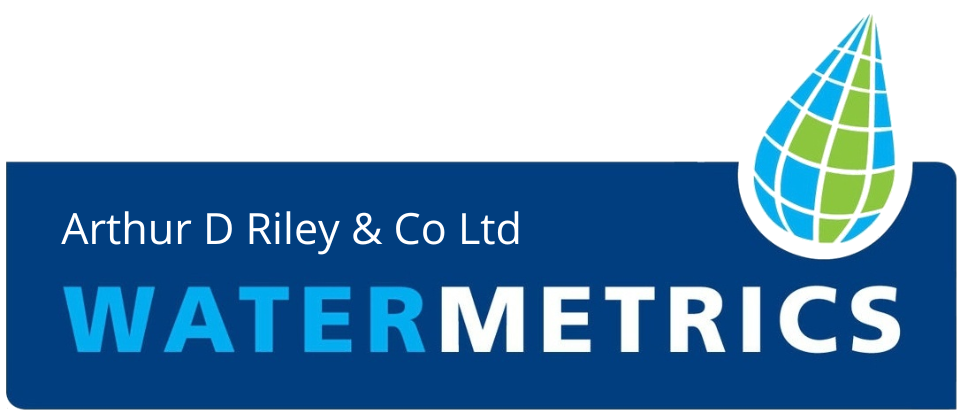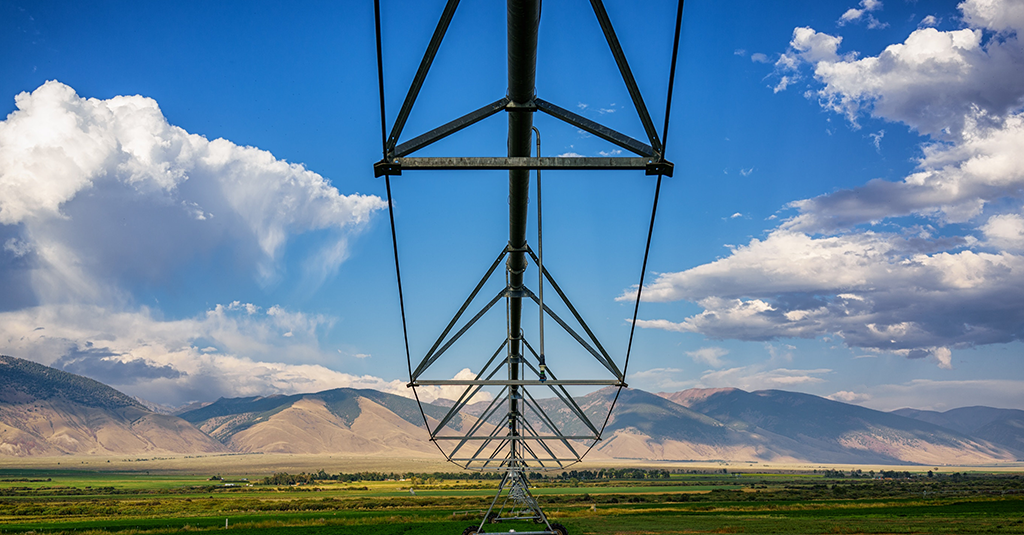Your eyes beneath the soil
As spring approaches there are important management decisions to make in order to get the best output and production from your stock and your soil. The decisions you make now will impact your physical and financial performance for the whole year ahead. It’s never efficient to play catch up for a poor beginning!
Dairy cows need to be well fed and in good condition by calving season in order to maximise the peak of the lactation curve, and ultimately increase the amount of solids you have to sell.
While the weather is out of your control, you can plan and make your choices on nitrogen and water to make sure feed is sufficient and growing on time. Key decisions around fertilizer and irrigation should factor in a combination of stocking rate, winter grazing, supplement use, nitrogen and irrigation to get the best outcome for pasture growth.
What is a soil probe and how does it work?
As a basis for all these decisions, farmers need to know what is happening in their soil. A soil probe is a powerful tool in providing accurate information on moisture and temperature. This data helps to inform the next course of action to grow your feed. For example, while different forms of nitrogen can be used, the best results are gained when the temperature of the top 10cm of soil is above six degrees celsius. Having this data on your soil in advance saves time, effort and money in the long run.
Having high quality data and information about your soil improves decision-making around the levels of water savings that can still enable growth. This type of data will ensure you are in the best position to get optimum growth even through seasonal changes.
An effective soil probe will also ensure farm environmental reporting on nutrient washout and reasons for irrigating at a certain time. An accurate soil probe will help you to be compliant while providing a smooth reporting process.
What to consider when selecting a soil probe
Not all soil probes are created equal. Many probes provide poor information or require digging to install, delivering a poor return on investment. Signal cost, frequency of reading, accuracy of probe placement and verification of correct data are indicators of a good quality probe. To do the job properly you need 100mm readings to at least a 500mm depth and a connection to a powerful data transfer network. Watermetrics’ Lora network ensures thousands of farms throughout New Zealand experience premium data transfer.
At Watermetrics we have searched the world for the best soil probes and are continually working with suppliers to improve these sensors for New Zealand conditions. We also supply the best meters and equipment to gather accurate and timely data. It’s fair to say we don’t have a lot of time for second rate probes and we know our farmers don’t either.
Our soil moisture and temperature sensors present data in a meaningful, straightforward way, customised to each farm’s needs. Connecting flow data, climate information and soil information in graphical form makes management decisions easy. Our predictive irrigation solution automatically calculates your irrigation requirements based on your actual data in combination with forecasted weather and then sends this information straight to your phone.
When making decisions around what equipment to buy or how to use the data for management purposes talk to our agronomy team to bounce round some ideas.




